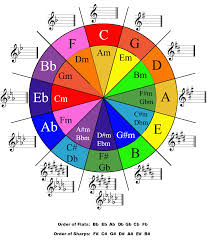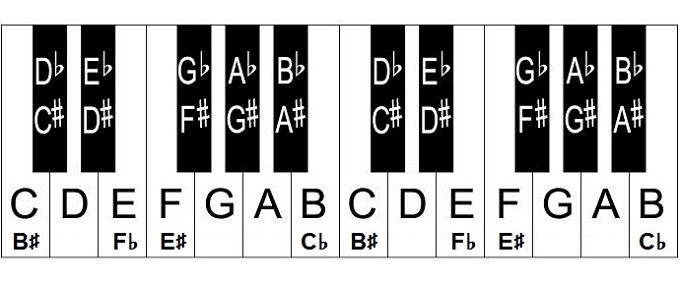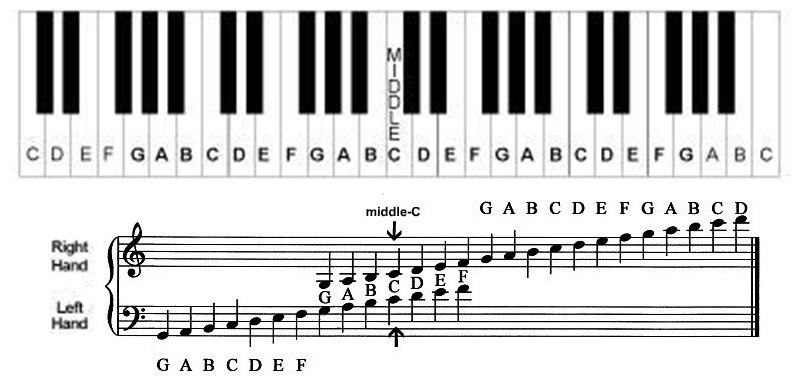Theory Resources

Having a firm grasp of elements used to construct music becomes increasingly important as students develop into young artists. Students start with the basics of note and rhythm recognition, then build towards more complex functional and analytical concepts.
My focus is on practical music literacy, meaning that I encourage my students to focus on the theoretical elements as they serve the composer in defining the form and style of a piece. For example, we might use our theory knowledge to admire how a composer shifts from one key to another to create a special mood, or to notice how a melody is constructed.
Fluency is essential, so students need to commit certain things to memory in order to make quick associations while practicing. We often set concrete goals in the form of speed tests in order to mark progress and keep things exciting.

You need the free Adobe Acrobat Reader program to view and fully use links in some files.
Study Sheets
Memory Chart: Basic Theory Elements (study sheet)
This sheet is appropriate for late beginner to early intermediate students. It includes basics of Key Signatures, Scales, Intervals, and Chords. Goal: students should be able to reproduce the examples on staff paper in five minutes or less.
Naming Notes on the Keyboard (study sheet)
Minor Scales: Natural, Harmonic, and Melodic Forms (study sheet)
Music Theory Exercises
Keyboard Identification

Naming notes on staff by keyboard identification
Staff Identification

Naming notes on staff by keyboard identification
Naming notes on staff by keyboard identification (advanced)
Key Signatures (major)
Key Signatures (minor)
Intervals (number only)
Intervals (number and quality)
Intervals (number and quality, early advanced)
Intervals (number and quality, advanced)
Triads (major, minor, diminished, augmented)
Triads (major, minor, diminished, augmented, intermediate)
Triads (major, minor, diminished, augmented, advanced)
Seventh Chords (root position)
Seventh Chords (root position and inversions)
Ear Training Exercises
Scales (major, natural minor, harmonic minor, melodic minor)
Triads (major, minor, diminished, augmented in root position)
Triads (major, minor, diminished, augmented in root position, first and second inversions)